After the Russian revolution in 1917 and the establishment of the Soviet Union in 1922, cinema played an important role in the dissemination of propaganda for the Bolsheviks, thrusting a large number of Russian movies produced during the 1920s and early 1930s as well as an increase in film imports from other countries. Georgii (1900 – 1933) and Vladimir (1899 – 1982) Stenberg — who both studied engineering and then dabbled in theater set and costume design, architecture and sculpture — designed many of the accompanying posters to these movies. Their work was a fusion of Constructivism, Dadaist photomontage, and their unique approach of creating new and original images — more evocative than descriptive — constructed to represent the movie through the use of expressive typography, geometric forms, minimalist illustrations and their distinctive technique of recreating photographs by hand, a result of the limited printing processes that could not reproduce black and white photographs to the desired size of their posters. The Stenberg brothers produced posters together until 1933, when Georgii died in a motorcycle accident. A dubious end as expressed by his brother, who blamed the secret police, as Joseph Stalin had set his standards against Constructivism, and reprimanded artists who abided by it.

This text was originally meant to appear in Graphic Design Referenced but due to changes in scope and approach it was left on the cutting room floor. There is much more to be said and read about the Stenberg brothers, so we recommend the following books:
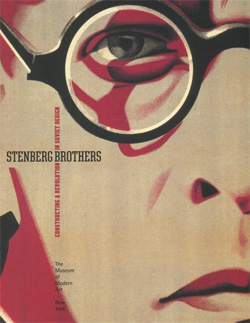
Stenberg Brothers: Constructing a Revolution in Soviet Design, Abrams 1997
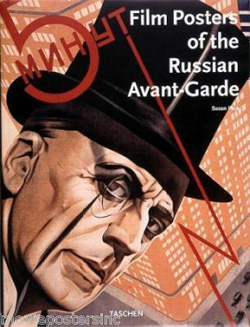
Film Posters of the Russian Avant-Garde by Susan Pack, Benedikt Taschen Verlag 1996
And, of course, we recommend just looking at their work:
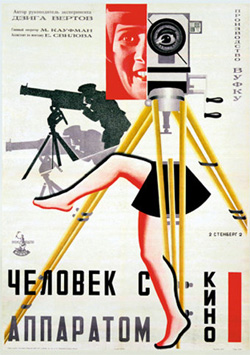
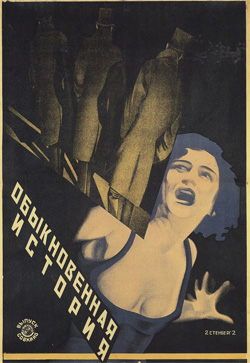
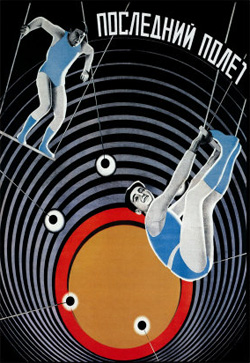
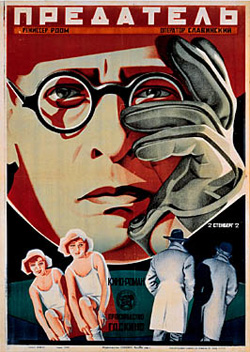
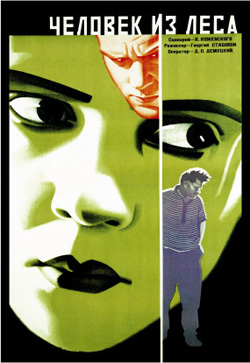
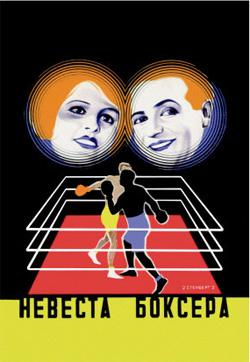
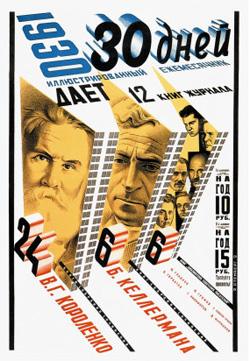
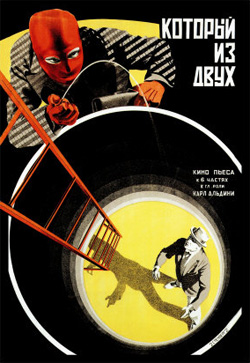
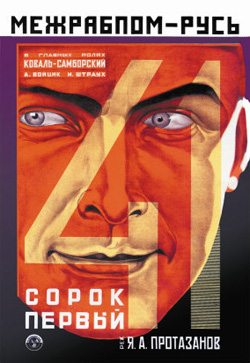
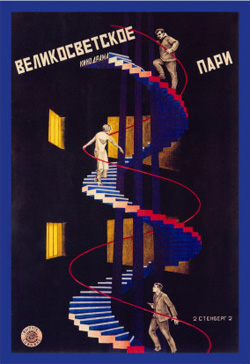






Can you imagine getting these amazing results with the limits of their printmaking processes? Wow!
Thanks Armin.
On Oct.01.2008 at 12:22 PM